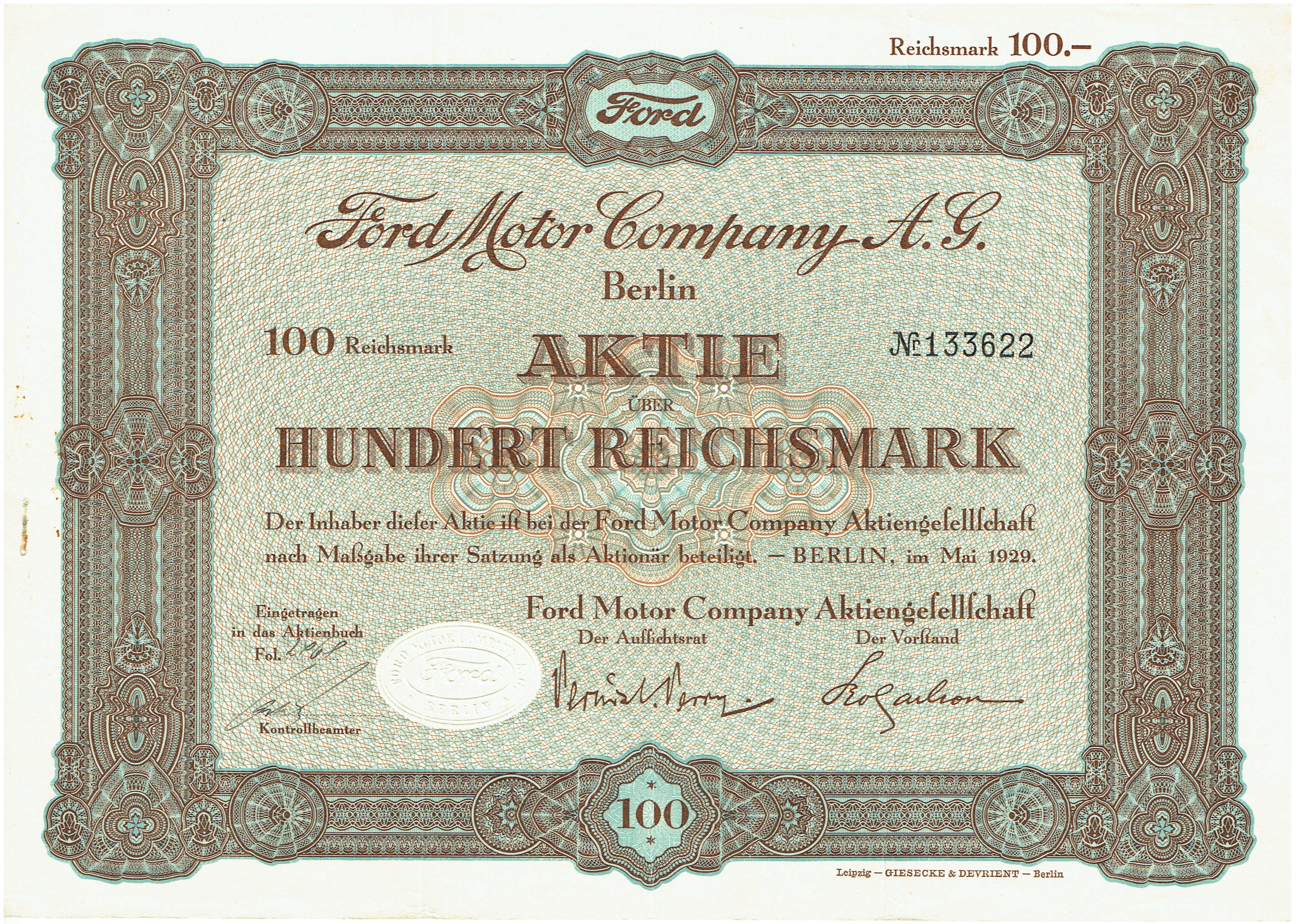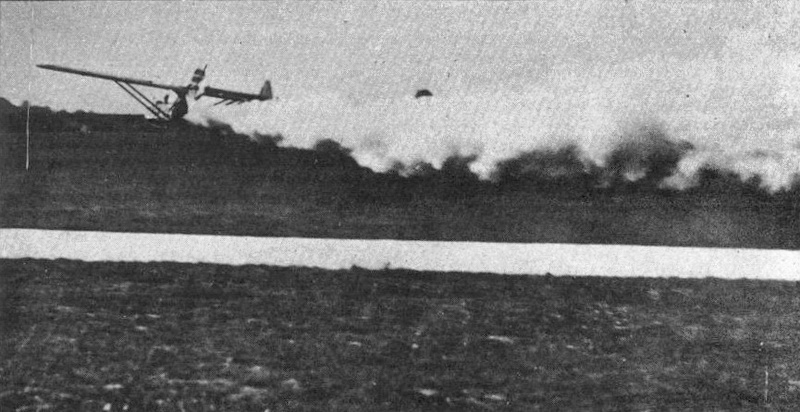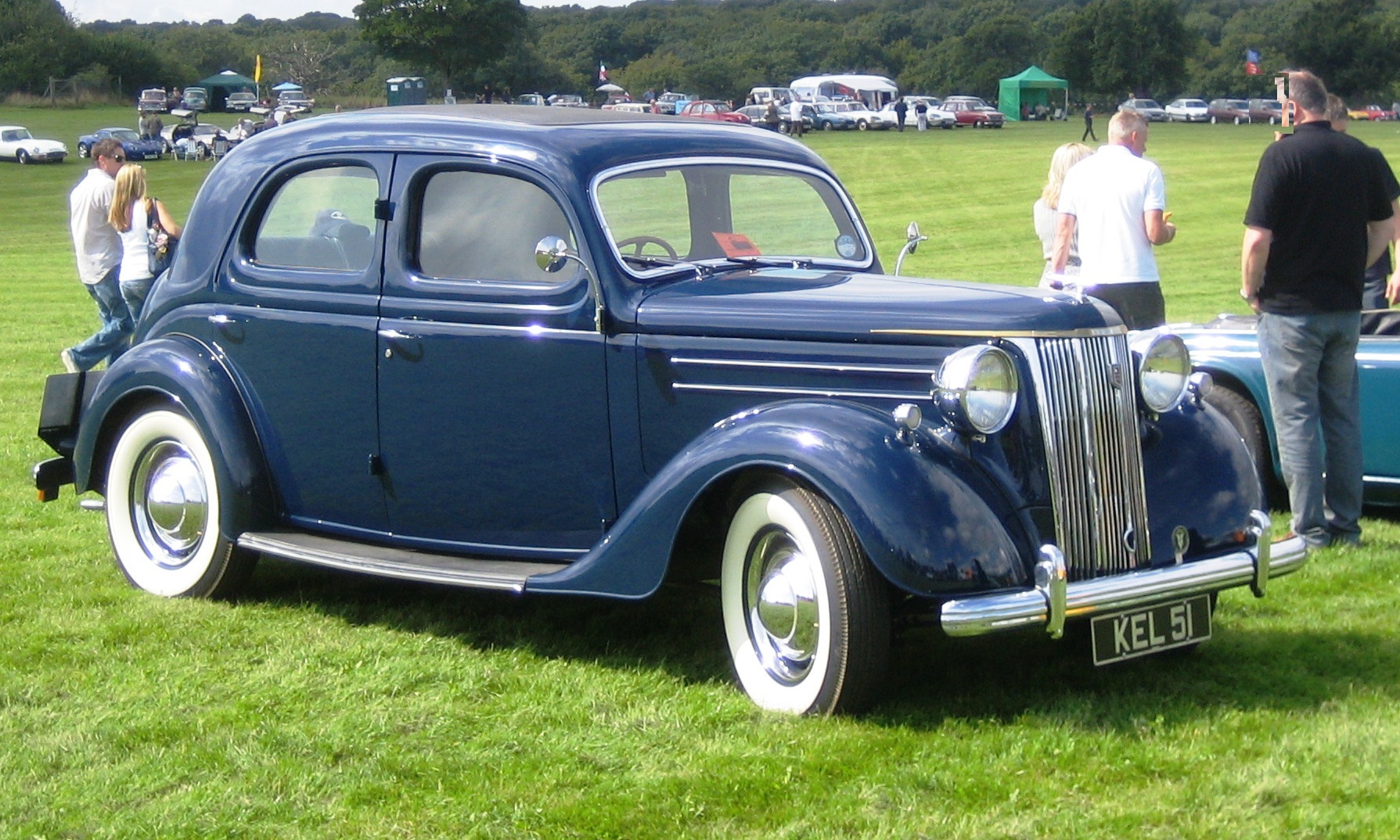|
Ford Köln
The Ford Köln is an automobile that was produced by Ford Germany from 1933 until 1936 at its Cologne plant. Origins The English Ford company developed the car and introduced it in 1932 as the Ford Model Y. The German-built version, renamed Ford Köln to stress the vehicle's German provenance, was first seen at the 1933 Berlin Motor Show. The name came from the German name for the city of Cologne. The early cars were built with components and other support from the company's English associate, but during the first year of production componentry was increasingly sourced locally. Evolution Subsequently, the German company offered alternative bodied cars of its own design, including for 1934/35, a cheap open topped "Cabrio-Limousine" that used timber-frame construction with synthetic leather covering after the manner of some of the smaller DKWs and Adlers. This bargain basement special was promoted as a "car for everyman" ("''Wagen für Jedermann''") and priced in 1935 at 1,850 ... [...More Info...] [...Related Items...] OR: [Wikipedia] [Google] [Baidu] |
Ford Germany
Ford-Werke GmbH is a German-based car manufacturing company headquartered in Cologne, North Rhine-Westphalia. It is a fully-owned subsidiary of American Ford Motor Company. It operates two large manufacturing facilities in Germany, a Cologne Body & Assembly, plant in Cologne and a Saarlouis Body & Assembly, plant in Saarlouis, and serves as a major hub for Ford's presence in the European markets. Berlin origins The earliest presence of the Ford Motor Company in Germany was a parts operation set up in Hamburg in 1912. At the end of 1924 the Ford Motor Company of the U.S. established a sales office in Berlin which at the start of 1925 received a permit to import 1,000 tractors. In 1920 the Weimar Republic, government had imposed a tariff so high that it amounted to a prohibition against importing foreign automobiles, but this was reversed in October 1925. The move had evidently been anticipated by Ford, since on 18 August 1925 the ''Ford Motor Company Aktiengesellschaft'' had be ... [...More Info...] [...Related Items...] OR: [Wikipedia] [Google] [Baidu] |
1932 Ford
The term 1932 Ford may refer to three models of automobile produced by Ford Motors between 1932 and 1934: the Model B, the Model 18, and the Model 40. These succeeded the Model A. The Model B had an updated four-cylinder engine and was available from 1932 to 1934. The Model 18 was the first Ford fitted with the flathead V-8, and it was available in the Model 40 too in 1933 and 1934. The company also replaced the Model AA truck with the Model BB, available with either the four- or eight-cylinder engine. The three car models were replaced by the streamlined Model 48 in 1935 which used the same chassis as its predecessor. The 1937 Ford would be the last to use the old 1932 chassis until 1940 when the car line of Ford was completely redesigned. Technical Rather than just updating the Model A, Ford launched a completely new vehicle for 1932. The V8 was marketed as the Model 18 in its initial year, but was commonly known as the Ford V‑8. It had t ... [...More Info...] [...Related Items...] OR: [Wikipedia] [Google] [Baidu] |
Ford Model C (Europe)
The Ford Model C is a car that was produced from 1934 until 1937 by Ford UK in Dagenham. It had an four-cylinder sidevalve engine delivering . It was the "big brother" to the smaller Ford Y, which had a engine. The styling was inspired by the 1934 Ford V8, only smaller. The Model C was also built by Ford Germany, where it was named the Ford Eifel after the mountain range near Cologne, and it was sold from 1934 to 1940. The British line was named Ten (for 10 British fiscal horsepower). In 1935, the grille and bonnet on the British line was facelifted and the mark was changed to CX. In 1937, the body was upgraded again and the design of the British and German product lines became more different. The German line was still named Eifel. The British equivalent was named the Model 7W. References * * External links Ford Y. & C. Model Register Model C Model C may refer to: * Model C, a semi-private structure used in the governance of whites-only government schools in South Af ... [...More Info...] [...Related Items...] OR: [Wikipedia] [Google] [Baidu] |
Opel 1
Opel Automobile GmbH (), usually shortened to Opel, is a German automobile manufacturer which has been a subsidiary of Stellantis since 16 January 2021. It was owned by the American automaker General Motors from 1929 until 2017 and the PSA Group prior to its merger with Fiat Chrysler Automobiles to form Stellantis in 2021. Most of the Opel lineup is marketed under the Vauxhall Motors, Vauxhall brand in the United Kingdom since the 1980s. Some Opel vehicles were badge engineering, badge-engineered in Australia under the Holden brand until 2020, in North America and China under the Buick, Saturn Corporation, Saturn (until 2010), and Cadillac brands, and in South America under the Chevrolet brand. Opel traces its roots to a sewing machine manufacturer founded by Adam Opel in 1862 in Rüsselsheim am Main. The company began manufacturing bicycles in 1886 and produced its first automobile in 1899. With the Opel RAK program, the world's first rocket program, under the leadership of F ... [...More Info...] [...Related Items...] OR: [Wikipedia] [Google] [Baidu] |
Gearbox
A transmission (also called a gearbox) is a mechanical device invented by Louis Renault (who founded Renault) which uses a gear set—two or more gears working together—to change the speed, direction of rotation, or torque multiplication/reduction in a machine. Transmissions can have a single fixed-gear ratio, multiple distinct gear ratios, or continuously variable ratios. Variable-ratio transmissions are used in all sorts of machinery, especially vehicles. Applications Early uses Early transmissions included the right-angle drives and other gearing in windmills, horse-powered devices, and steam-powered devices. Applications of these devices included pumps, mills and hoists. Bicycles Bicycles traditionally have used hub gear or Derailleur gear transmissions, but there are other more recent design innovations. Automobiles Since the torque and power output of an internal combustion engine (ICE) varies with its rpm, automobiles powered by ICEs require multiple ... [...More Info...] [...Related Items...] OR: [Wikipedia] [Google] [Baidu] |
Adler Trumpf Junior
The Adler Trumpf Junior is a small family car introduced by the Frankfurt am Main, Frankfurt based auto-maker Adler (automobile), Adler, early in 1934. Trumpf Junior was conceived as a similar but smaller version of the Adler Trumpf, which had already been available for two years. It intended to broaden the range and claim a share of a growing market which DKW were creating with their DKW F1, F1 model, and its successors, for small inexpensive front wheel drive cars. The Trumpf Junior's development was a shared responsibility between Hans Gustav Röhr (1895 – 1937) and his colleague and friend, Adler chief engineer Josef Dauben .#Oswald, Oswald, p 26 The engine The engine was a four-cylinder four stroke 995 cc side-valve unit. Claimed maximum power was of at 4,000 rpm. This supported a claimed top speed of 90 km/h (56 mph). Power was delivered to the front wheels via a four speed manual transmission controlled by means of a column mounted lever. The bodies When ... [...More Info...] [...Related Items...] OR: [Wikipedia] [Google] [Baidu] |
DKW F2
The DKW F2, firstly marketed as "DKW Meisterklasse", is a front wheel drive economy car produced by Auto Union's DKW division from 1932 to 1935 at the company’s Zwickau plant. It was launched at the Berlin Motor Show in April 1932. It shared its 584cc engine and drivetrain with its DKW F1 predecessor, but offered a longer wheelbase and a larger body. Although the DKWs offered a fully enclosed body on a relatively advanced chassis with four wheel independent suspension, they used two-stroke motorcycle derived engines, and cheap, lightweight bodies of timber, clad in artificial leather, like the F1. Known within the company and in retrospect as the DKW F2, this was the first of several successive small DKWs cars to be marketed using the name, “DKW Meisterklasse”. Engine and transmission The car came with the 584cc 2-stroke 2-cylinder engine of the early DKW F1, initially still producing a claimed maximum power output of 11 kW (15 PS) at 3500 rpm. The power is sent to t ... [...More Info...] [...Related Items...] OR: [Wikipedia] [Google] [Baidu] |
Ford Of Britain
Ford Motor Company Limited,The Ford 'companies' or corporate entities referred to in this article are: * Ford Motor Company, Dearborn, Michigan, USA, incorporated 16 June 1903 * Ford Motor Company Limited, incorporated 7 December 1928. Current (July 2023) registered office at Arterial Road, Laindon, Essex, England, SS15 6EE , manufacturer and seller of motor vehicles and parts * Ford Motor Company (England) Limited, incorporated in 1909, ''purchased by Ford Motor Company Limited December 1928'' * Henry Ford and Son, Dearborn, Michigan, November 1915, incorporated 8 October 1917 * Henry Ford and Son Limited, Cork incorporated 17 April 1917, ''purchased by Ford Motor Company Limited December'' 1928 Holding company for Ford's European and Egyptian businesses and in addition Lincoln Cars Limited, London, and Henry Ford and Son, Cork: * Société d'Investissements Ford, Luxembourg, was liquidated during 1939 and its assets transferred to: * Ford Investment Company Limited, Guernsey, ... [...More Info...] [...Related Items...] OR: [Wikipedia] [Google] [Baidu] |
Ford Model Y
The Ford Model Y is an automobile that was produced by Ford Britain, Ford SAF and Ford Germany from 1932 to 1937. It was the first Ford automobile specifically designed for markets outside the United States, replacing the Model A in Europe. Production locations It was in production in England, where it is sometimes remembered as the "Ford Eight", reflecting its fiscal horsepower rating, from 1932 until September 1937, The car was also produced in France (where it was known as the Ford 6 CV, despite actually falling within the 5CV French car tax band) from 1932 to 1934, and in Germany as the Ford Köln from 1933 to 1936. Smaller numbers were assembled in Australia (where a coupé version was also produced), Ireland (branded as the Baby Ford), Japan, Latvia (branded as the Ford Junior) and in Spain nicknamed as the Ford Forito. Plans to build it in the U.S. were scrubbed when a cost accounting showed that it would only be slightly cheaper to build than the Ford Model B. The ... [...More Info...] [...Related Items...] OR: [Wikipedia] [Google] [Baidu] |
Cologne
Cologne ( ; ; ) is the largest city of the States of Germany, German state of North Rhine-Westphalia and the List of cities in Germany by population, fourth-most populous city of Germany with nearly 1.1 million inhabitants in the city proper and over 3.1 million people in the Cologne Bonn Region, Cologne Bonn urban region. Cologne is also part of the Rhine-Ruhr metropolitan region, the List of EU metropolitan regions by GDP#2021 ranking of top four German metropolitan regions, second biggest metropolitan region by GDP in the European Union. Centered on the left bank of the Rhine, left (west) bank of the Rhine, Cologne is located on the River Rhine (Lower Rhine), about southeast of the North Rhine-Westphalia state capital Düsseldorf and northwest of Bonn, the former capital of West Germany. The city's medieval Cologne Cathedral () was the History of the world's tallest buildings#Churches and cathedrals: Tallest buildings between the 13th and 20th century, world's talles ... [...More Info...] [...Related Items...] OR: [Wikipedia] [Google] [Baidu] |
FR Layout
A front-engine, rear-wheel-drive layout (FR), also called Système Panhard is a powertrain layout with an engine in front and rear-wheel-drive, connected via a drive shaft. This arrangement, with the engine straddling the front axle, was the traditional automobile layout for most of the pre-1950s automotive mechanical projects. It is also used in trucks, pickups, and high-floor buses and school buses. Front mid-engine, rear-wheel-drive layout A front mid-engine, rear-wheel-drive layout (FMR) places the engine in the front half of the vehicle but ''behind'' the front axle, which likewise drives the rear wheels via a driveshaft. Shifting the engine's center of mass rearward aids in front/rear weight distribution and reduces the moment of inertia, both of which improve a vehicle's car handling, handling. FMR cars are often characterized by a long hood and front wheels that are pushed forward to the corners of the vehicle, close to the front bumper. 2+2 (car body style), 2+2-style ... [...More Info...] [...Related Items...] OR: [Wikipedia] [Google] [Baidu] |
Cabriolet
A convertible or cabriolet () is a passenger car that can be driven with or without a roof in place. The methods of retracting and storing the roof vary across eras and manufacturers. A convertible car's design allows an open-air driving experience, with the ability to provide a roof when required. A potential drawback of convertibles is their reduced structural rigidity (requiring significant engineering and modification to counteract the side effects of almost completely removing a car's roof). The majority of convertible roofs are of a folding construction framework with the actual top made from cloth or other fabric. Other types of convertible roofs include retractable hardtops (often constructed from metal or plastic) and detachable hardtops (where a metal or plastic roof is manually removed and often stored in the trunk). Terminology Other terms for convertibles include cabriolet, cabrio, drop top, drophead coupé, open two-seater, open top, rag top, soft top, spid ... [...More Info...] [...Related Items...] OR: [Wikipedia] [Google] [Baidu] |







